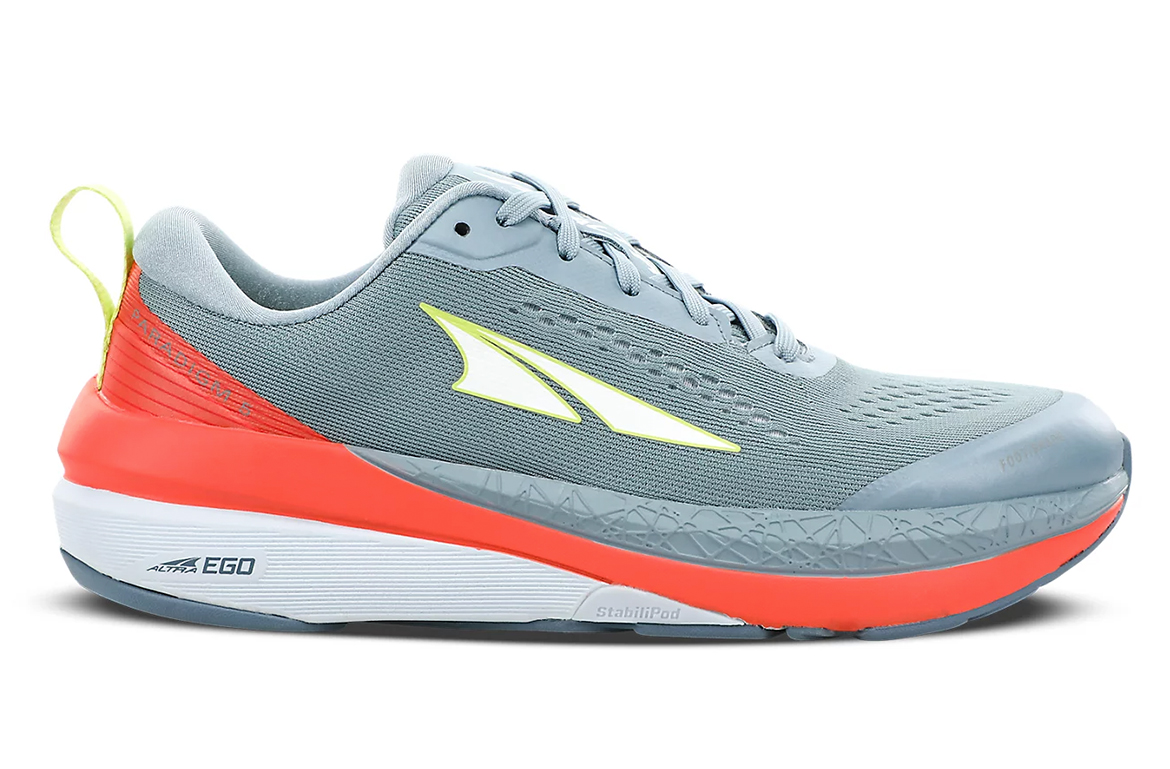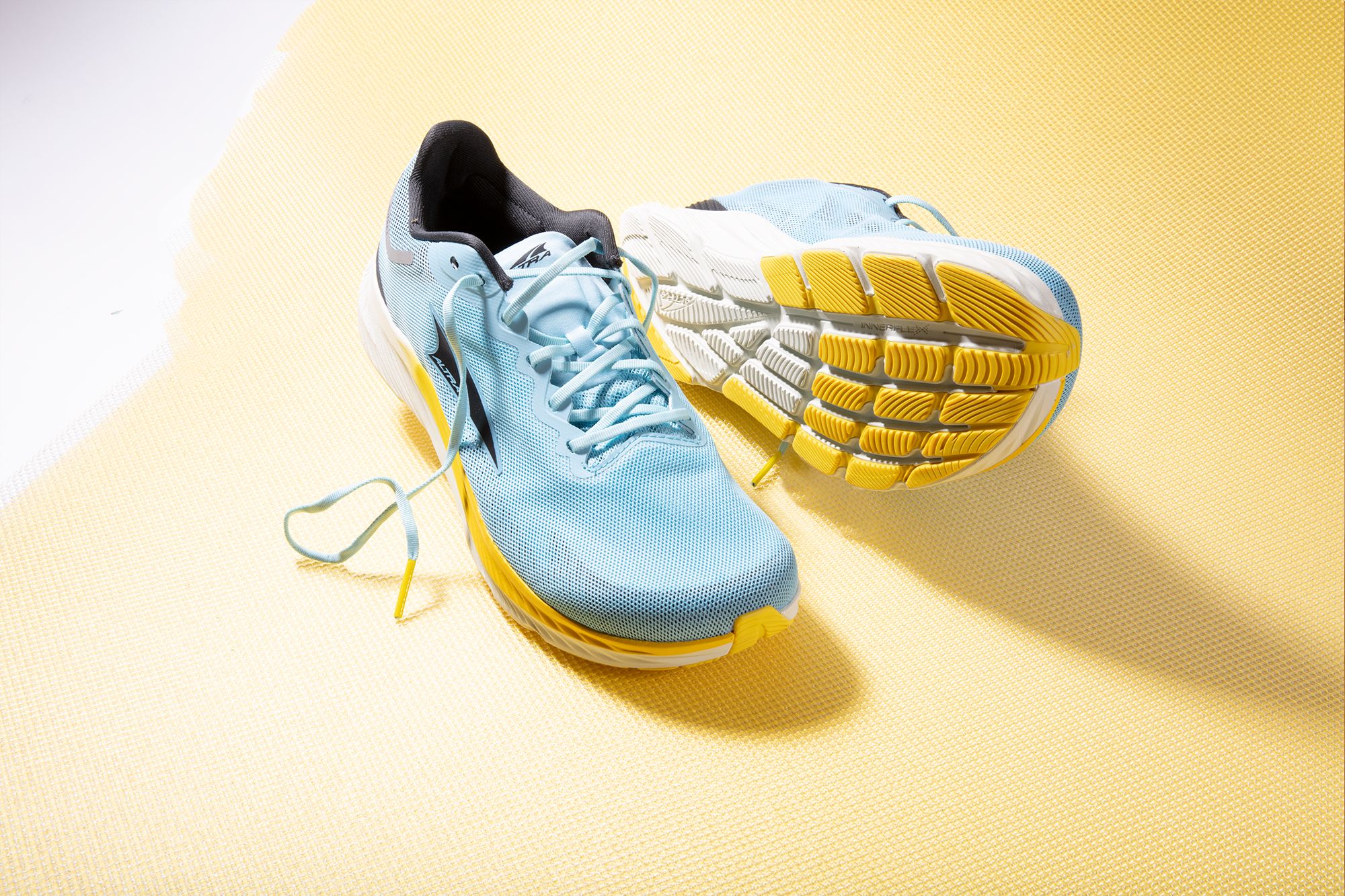Zero drop shoes have gained popularity over the past decade, especially among runners, hikers, and those seeking a more natural foot alignment. But are they the right choice for you? In this guide, we will explore the benefits, drawbacks, and essential factors to consider when looking into zero drop shoes, with insights tailored to American consumers.
Understanding Zero Drop Shoes
Zero drop shoes are characterized by a heel-to-toe drop that measures zero millimeters. This means that the heel and the forefoot are at the same level when you’re wearing them. This design contrasts with traditional running shoes that often have a significant drop, which can influence your foot’s natural biomechanics.
The Science Behind Zero Drop Shoes
Research indicates that the biomechanics of running can significantly affect performance and injury rates. A study published in the Journal of Biomechanics found that runners who transitioned to a zero drop style often exhibited improved foot strike patterns. The following topics will be covered:
- Benefits of zero drop shoes
- Potential drawbacks
- Popular brands and models
- Real-life experiences and reviews
Benefits of Zero Drop Shoes
1. Improved Posture and Foot Alignment
One of the primary benefits of zero drop shoes is that they promote a more natural posture. When your heel is elevated, it can lead to a forward tilt of the pelvis, which may cause strain on the back and hips. Zero drop shoes help maintain a neutral position.

2. Strengthening Foot Muscles
By allowing your feet to move naturally, zero drop shoes encourage muscle engagement that traditional shoes may suppress. Stronger foot muscles contribute to better stability and can potentially prevent injuries.
3. Enhanced Ground Feel
Many athletes appreciate the increased ground feel that zero drop shoes provide, allowing them to sense the terrain better, which is particularly beneficial for trail runners.

Potential Drawbacks of Zero Drop Shoes
1. Initial Discomfort for New Users
For those transitioning from traditional shoes, zero drop shoes might cause discomfort initially. Runners may experience calf soreness or foot pain, as the muscles adapt to the new positioning.
2. Not Suitable for Everyone
Individuals with specific foot conditions or those requiring additional arch support may find zero drop shoes uncomfortable or unsuitable. It’s essential to consult a podiatrist if you have existing foot issues.

3. Lack of Cushioning
Some zero drop models are minimalistic, offering little cushioning compared to traditional running shoes. While this may be suitable for experienced runners, it may not be ideal for beginners or those with joint problems.
Popular Zero Drop Shoe Brands
Several companies have established themselves as leaders in the zero drop shoe market:

| Brand | Top Models | Key Features |
|---|---|---|
| Altra | Altra Torin, Altra Lone Peak | FootShape toe box, cushioning options |
| Xero Shoes | Xero Prio, Xero Hana | Lightweight, versatile, minimalistic |
| Merrell | Merrell Vapor Glove, Merrell Trail Glove | Breathable mesh, durable soles |
| Topo Athletic | Topo MT-2, Topo ST-2 | Supportive design, cushioning |
Real-Life Experiences with Zero Drop Shoes
Here’s what some users have to say about their experiences:

1. Runner’s Perspective
Sarah, a marathon runner from Austin, Texas, reported, “Switching to zero drop shoes revolutionized my running experience. Initially, my calves were sore, but within a few weeks, I felt more balanced and stable, especially during long runs.”
2. Casual Walker’s Experience
John, a casual walker from Seattle, notes, “I wore traditional shoes for years and finally tried zero drop shoes. They took some getting used to, but I now feel less fatigue during my daily walks.”

How to Choose the Right Zero Drop Shoes
1. Assess Your Foot Type
Understanding whether you have flat feet, high arches, or neutral arches can help in selecting the right pair. Consult a specialist if you’re unsure.
2. Consider Your Activity Level
Different models cater to various activities. Trail running shoes often have more traction, while casual models may be lightweight and flexible.

3. Test for Fit
Always try on shoes and walk around in them to ensure they fit well. Check for any pressure points or discomfort.
Transitioning to Zero Drop Shoes
1. Gradual Transition
Experts recommend gradually increasing your usage of zero drop shoes. Start with short distances and slowly build up as your muscles adapt.

2. Strengthening Exercises
Incorporate foot strengthening exercises into your routine to prepare your muscles for the changes. Activities like toe curls and calf raises can be beneficial.
3. Seek Professional Guidance
If you are uncertain about the transition process, consider consulting a physical therapist specializing in running biomechanics.
Comparisons of Zero Drop vs. Traditional Shoes
| Aspect | Zero Drop Shoes | Traditional Shoes |
|---|---|---|
| Posture | Neutral alignment | Elevated heel, may cause forward pelvic tilt |
| Foot Strength | Encourages muscle activation | May lead to atrophy of foot muscles |
| Cushioning | Minimalist, allows ground feel | Varied cushioning, often plush |
| Weight | Generally lighter | Can be heavier due to materials |
| Adaptation Period | Need time to adjust | Familiar from the start |
FAQs about Zero Drop Shoes
Q1: Are zero drop shoes better for running?
A1: They can be beneficial as they promote a more natural running style, but individual preferences and foot conditions matter.
Q2: Can zero drop shoes help with flat feet?
A2: They may assist in strengthening the feet but consulting with a professional is crucial for tailored advice.
Q3: How do zero drop shoes compare in price to traditional shoes?
A3: Zero drop shoes tend to be in a similar price range as traditional shoes, but premium models may vary significantly.
Q4: How long does it take to get used to zero drop shoes?
A4: It can take anywhere from a few weeks to a couple of months, depending on your prior footwear experience and activity level.
Q5: Where can I buy zero drop shoes online?
A5: You can find zero drop shoes at specialty running stores, outdoor gear retailers, and online marketplaces like Amazon.
Conclusion
Zero drop shoes represent a unique approach to footwear that can offer various benefits, particularly for runners and active individuals. However, they may not be suitable for everyone. It’s essential to consider your individual needs, consult with professionals, and make an informed decision based on your activity levels and foot type. By understanding both the advantages and limitations, you can choose footwear that supports your lifestyle effectively.
For more information and scientific insights, you can explore the following resources: